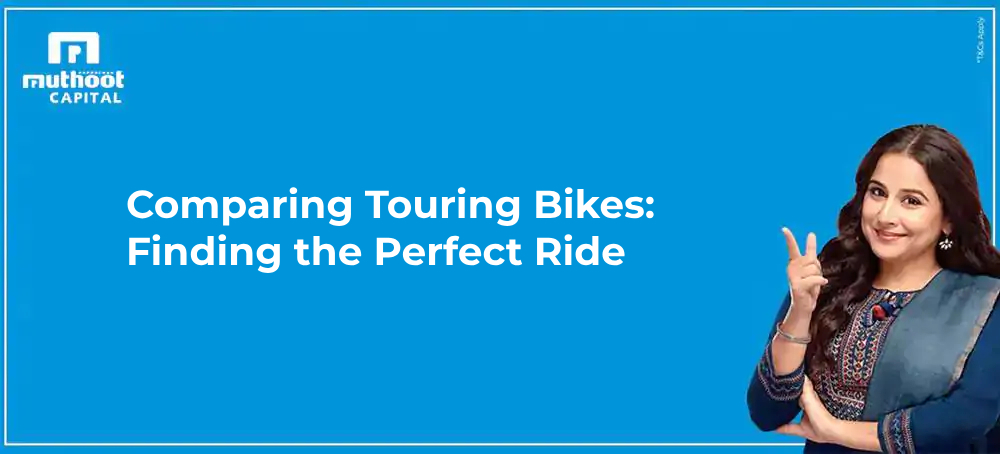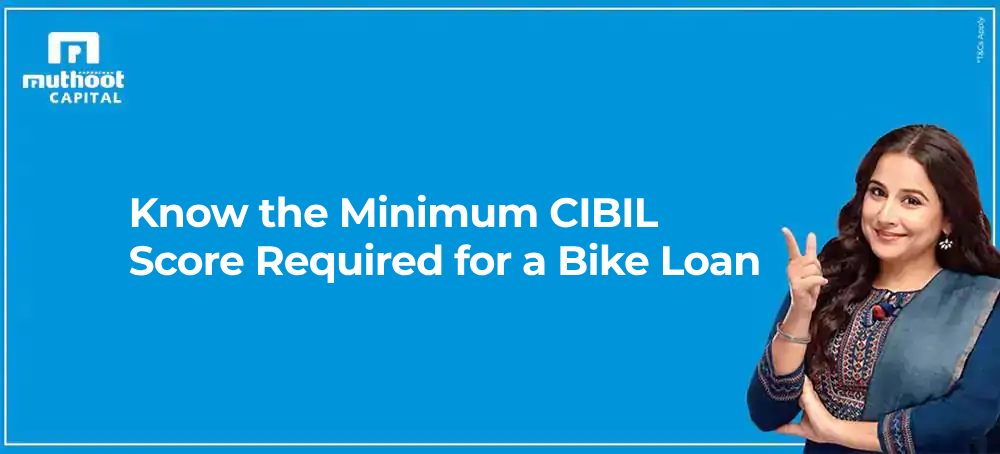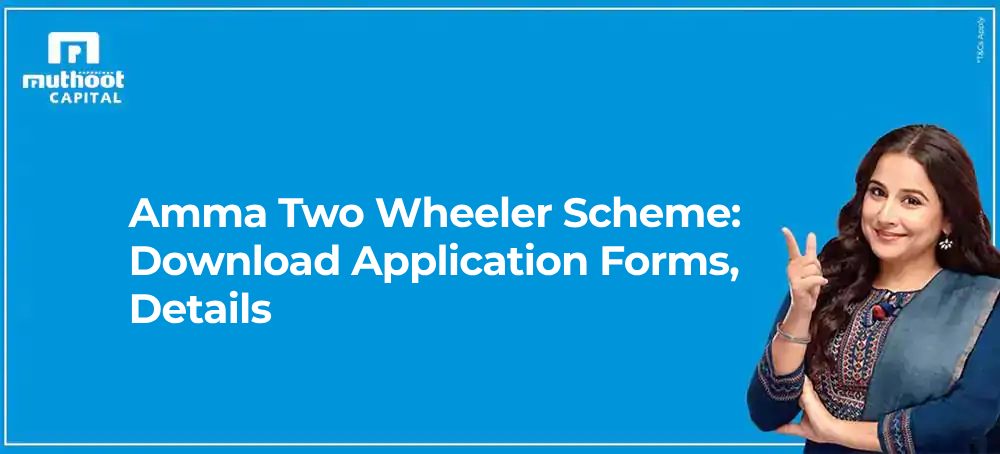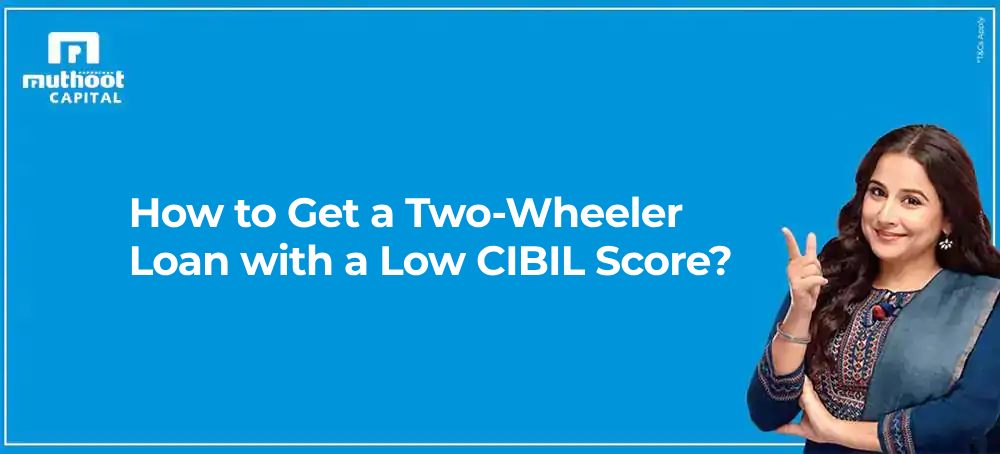Comparing Touring Bikes: Finding the Perfect Ride
Last Modified: 9-January-2025

In India, touring bikes are specifically designed for long-distance journeys. They have features like large fuel capacity, durable build materials, and a wide gear range to enhance comfort and convenience during adventures.
Choosing the best touring bike in India can be confusing due to the variety of brands and price ranges, especially for beginners. While a Two-Wheeler Loan can help finance the purchase, selecting the right brand requires careful consideration. Let’s explore the key factors to consider when comparing and choosing the best touring bikes.
Key Factors to Consider When Comparing Touring Bikes
From frame material to gear and equipment compatibility, here are the key factors you can consider when selecting your best touring bike:-
Types of Bikes
Choosing the right bike depends on your touring needs and the type of terrain you’ll be riding on. For instance—there are touring bikes for road, adventure, and bike packing.
- Road Touring Bikes: With sleek frames built for speed and efficiency, these bikes are perfect for smooth, paved roads, offering comfort over long distances.
- Adventure Touring Bikes: Built with sturdy frames and wider tyres, these bikes provide enhanced stability on rough trails, making them ideal for off-road adventures.
- Bike-Packing Touring Bikes: Designed for versatility, these bikes come with attachment points for racks and panniers, allowing riders to carry heavy gear while handling various terrains.
Read More : Bike vs Scooter: Which One to Choose?
Frame Material
Long tour bikes come in various frame materials, each offering distinct advantages for different types of riders. Touring bikes are typically available in the following frame materials:-
- Steel Frames: Known for their durability, comfort, and ability to absorb shocks, steel frames are a popular choice for long-distance riders.
- Aluminium Frames: Lighter and stiffer than steel, aluminium frames provide a good balance of weight and strength, making them ideal for riders looking for speed and efficiency.
- Carbon Fibre Frames: These frames are lightweight and strong, providing excellent vibration damping, making them perfect for comfort on long tours.
- Titanium Frames: Offering a blend of strength, lightness, and comfort, titanium frames are highly durable and resistant to corrosion, making them ideal for tough, long journeys.
Gear and Equipment Compatibility
Another important factor to consider is the bike’s gear and equipment. Check if it has mounting points for racks and panniers to carry your gear. Consider whether it has an internal gear hub, which provides smoother shifts under load and is more durable for long tours.
For long tour bikes, internal gear hubs are preferable due to their durability and ease of shifting under load. The handlebar type also plays a key role; adventure touring bikes typically feature flat bars for better control on rough terrain, while road touring bikes may use drop bars for a more aerodynamic and comfortable riding position.
Braking Systems
Touring bikes primarily have rim brakes or disc brakes. Disc brakes are better options if you travel in wet and muddy conditions. They are durable and long-lasting. However, it isn’t easy to find spare parts or get them repaired, especially if you are travelling to remote locations.
Rim brakes offer little advantage in wet weather, but their parts are readily available in remote locations. They are also cheaper and lightweight.
Wheel Size and Tyre Selection
Touring bikes generally come with either 700c or 650b wheels. The choice depends on the terrain you plan to ride. 650b wheels are ideal for diverse terrains like gravel and singletrack, offering better agility, shock absorption, and increased tyre volume. On the other hand, 700c wheels are better for mixed-surface roads and gravel paths, as they are more compatible with narrow tyres and excel on long-distance rides.
Budget Considerations
Touring bikes come in a variety of price ranges, from mid-range to high-end options. Consider how often you’ll use the bike and your budget. If you have a higher budget, a carbon or titanium bike offers durability and performance. For budget-friendly options, steel or aluminium bikes are great choices. Each material has its pros and cons, so think of your bike as a long-term investment. You may also explore borrowing options with low bike loan interest rates to make your purchase more manageable.
Test Rides and Personal Fit
Your choice of touring bike ultimately depends on comfort and handling. Before making a purchase, it’s crucial to test ride the bike to ensure it’s comfortable. Additionally, checking online reviews and user feedback can provide valuable insights into the bike’s long-term performance.
Read More : Best Off Road Bikes in India
Conclusion
Purchasing a touring bike is a long-term investment, requiring careful consideration of factors like frame material, braking system, and wheel size. Don’t hesitate to seek advice from local bike shops or fellow owners.
If you plan to finance your dream bike, a two-wheeler loan from Muthoot Capital can help you finance its purchase at the best interest rates and with flexible repayment tenures.
FAQs
1. What Makes a Bike a Touring Bike?
A touring bike is designed for long-distance rides. It features a large fuel capacity, strong build, comprehensive gear range, and comfort-focused design. For convenience, it can also carry additional equipment like panniers and racks.
2. What Are the Main Frame Materials for Touring Bikes?
Touring bike frames are made from steel (durable but heavy), aluminium (light, rust-proof, and cost-effective), titanium (light, strong, and shock-absorbing but expensive), and carbon (light but prone to damage).
3. What Types of Touring Bikes Exist?
Touring bikes come in three types: road touring bikes (speed and efficiency), adventure touring bikes (sturdy, wider tyres for rough trails), and bike-packing bikes (versatile with attachment points for bags).
4. What Braking Systems Are Recommended for Touring Bikes?
Recommended braking systems for touring bikes are disc brakes (better in wet conditions, durable but harder to find parts) and rim brakes (cheaper, lighter, and easier to repair but less effective in wet weather).
5. How Do I Choose the Right Wheel Size?
Touring bikes use 700c wheels (ideal for mixed-surface roads, narrow tyres, long distances) and 650b wheels (better for gravel, enhanced agility, greater shock absorption, and increased tyre volume).
6. How Much Should I Budget for a Touring Bike?
Touring bikes range in price, from high-end carbon/titanium frames to mid-range steel/aluminium ones. Consider factors like frequency of use, long-term investment, budget, and financing options when purchasing.
7. What Should I Check During a Test Ride?
During a test ride, focus on comfort, bike handling, ergonomics, handlebar position (drop bars vs. flat bars), and overall fit to ensure the right bike for your needs.
8. What Additional Equipment Should I Consider?
Additional equipment to consider includes bikes with mounting points for racks/panniers, internal gear hubs, versatile handlebar options, and compatibility with your planned touring style.
9. How Do I Maintain My Touring Bike?
To maintain a touring bike, clean it regularly, lubricate parts, check tyre pressure, inspect brake systems, and consult local bike shops for professional servicing.
10. Where Can I Get More Advice?
For more advice, visit local bike shops, consult experienced touring bike owners, read online reviews, or join cycling community groups and forums for valuable insights.
Trending Post
- Best Touring Bikes For Long Rides In India
- High-Mileage Bikes With Best Features For Indian Roads
- High-Performance Off-Road Motorcycles Available In India
- Top-Rated Electric Scooters For Eco-Friendly Commuting In India
Categories
Need Help?
Please feel free to contact us on toll free number or send us your query on our email.




